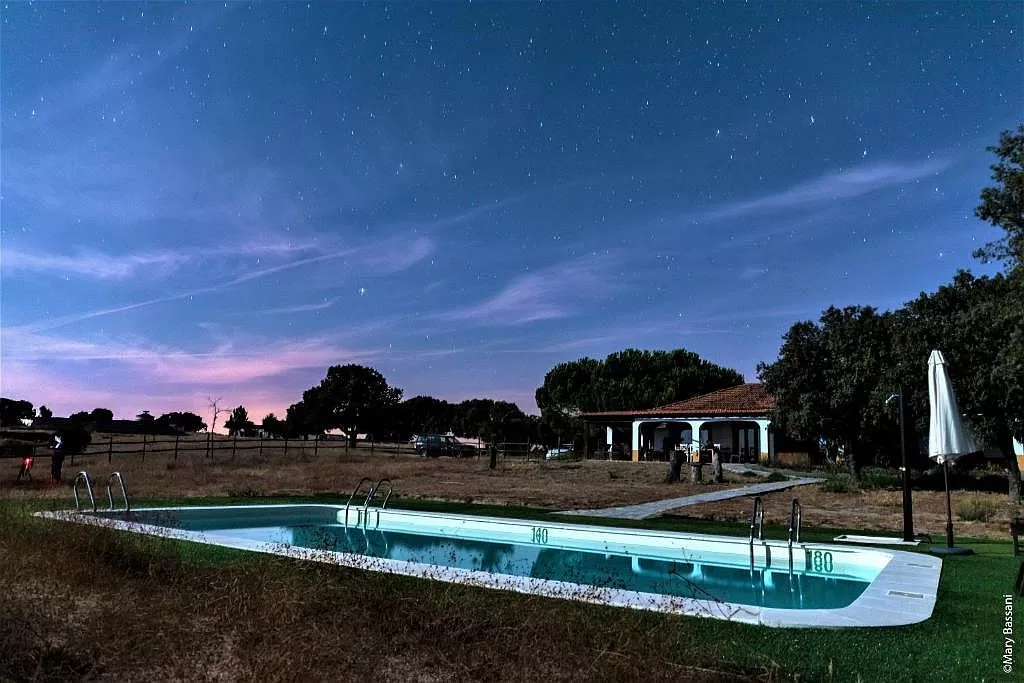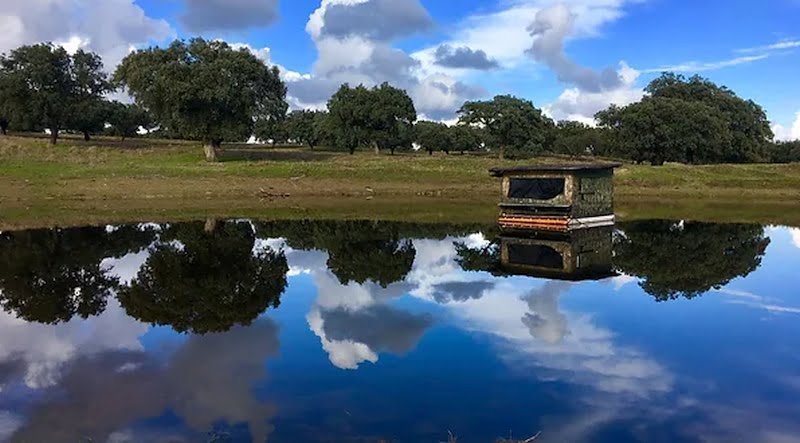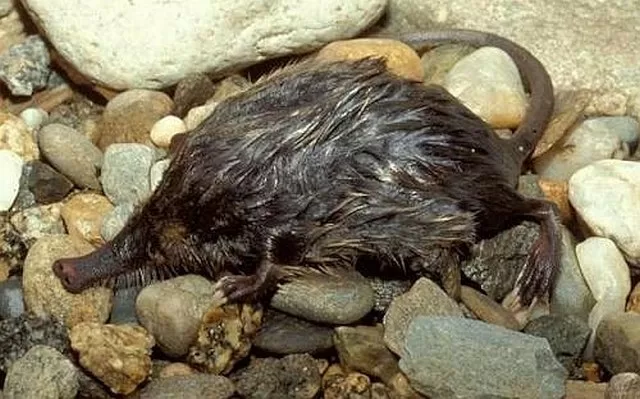What is the European Union LIFE program in Spain?
The European Union LIFE program in Spain is a funding program established and created by the European Union in 1992 in order to support environmental and climate action projects. The main objective of the program is to contribute to the implementation, updating, and development of EU environmental and climate policy and legislation. The program provides funding for various types of projects, including nature conservation, environmental governance, and climate action.
Below you will find details of various projects with links to further reading.
I’ve been living in this lovely area of Western Andalucia for the last 20 years or so and dedicate most of my time to the running of English language tourist information websites for the towns of Cádiz, Ronda, Grazalema, the famous or infamous Caminito del Rey, and also Wildside Holidays, which promotes sustainable and eco-friendly businesses running wildlife and walking holidays in Spain. My articles contain affiliate links that will help you reserve a hotel, bus, train or activity in the area. You don’t pay more, but by using them you do support this website. Thankyou!




